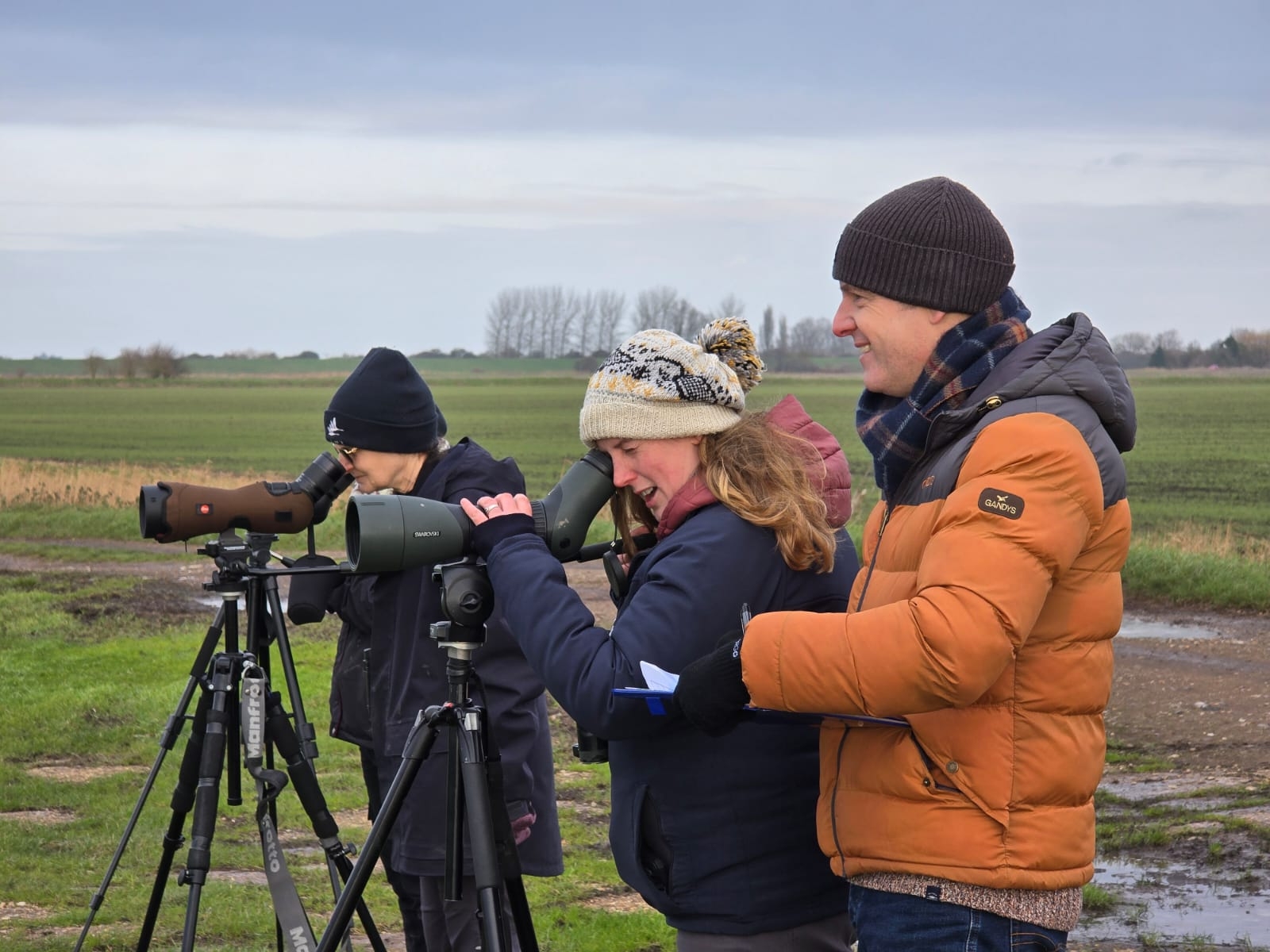Brilliant bluethroat back at Welney
 A tiny, brightly coloured passerine has led to a surge in birdwatchers at WWT Welney Wetland Centre in Norfolk.
A tiny, brightly coloured passerine has led to a surge in birdwatchers at WWT Welney Wetland Centre in Norfolk.
Each spring a handful of white-spotted bluethroat pass through the UK on their migration but have never been recorded breeding in the UK.
The white-spotted race of bluethroat was first recorded at WWT Welney last year, when a single male was present for most of the summer.
This spring, staff are pleased to see that a single male has once again returned to the Welney reserve.
The bird can normally be found in the area around Lyle hide, which last year provided the ideal spot to catch a glimpse of this beautiful bird.
Jon Smith, reserve warden, said: “It is a delight to have this species back at WWT Welney this year. The whole team were quietly optimistic that we might see a white-spotted bluethroat again this summer and I was pleased when I first found the bird singing on the reserve at the end of March.”
“The bird is slightly smaller than a robin, but very distinctive as the brown plumage gives way to the bright blue throat with a white spot in the middle. This feature becomes more obvious once the bird is in full song”.
The white-spotted race of bluethroat normally breeds in Spain and Central Europe, so it is unheard of for one to hold a territory in the UK.
There is another race, the red-spotted bluethroat, which also passes through the UK, and has bred in the UK before but very infrequently.
WWT reserve staff carefully maintain the water levels and reedy edges on parts of the reserve which create the preferred habitat for the bluethroat.
During the day the bird will move in a skulking manner amongst low vegetation at the water’s edge to find the insects it feeds on.
“This is a brilliant time of the year to visit Welney as so much is happening. Visitors can watch avocet, lapwing, redshank and little ringed plover displaying and nesting on the reserve whilst hares are still boxing on Lady Fen and Bank Farm”, says Jon Smith.
“Along with the bluethroat visitors are able to see and hear chiffchaff and sedge warbler amongst the reeds, which will shortly be joined by reed warbler.”
White-spotted bluethroat use vocal mimicry and incorporate a range of other bird song into their own; this is normally heard early in the morning.
WWT staff hope that the lonely male bluethroat will sing so well that he attracts a female, although she will be hard to view due their illusive nature, it would be great to see the male’s efforts rewarded.



